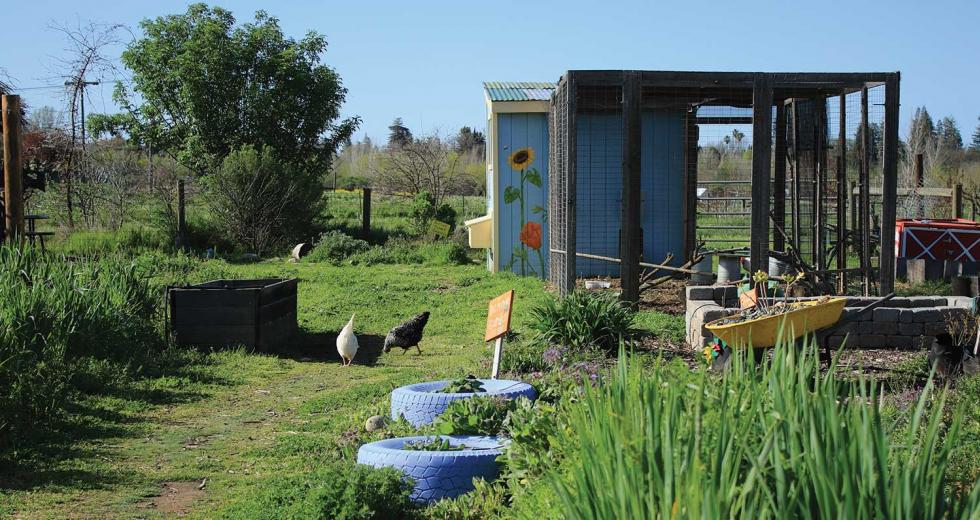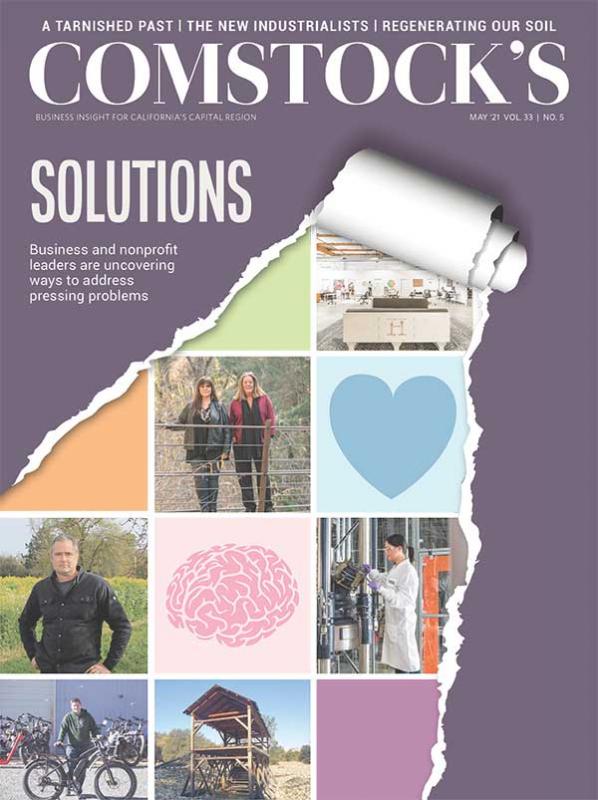It’s an early spring morning at Soil Born Farms in Rancho Cordova. Shawn Harrison, the farm’s founder and co-director, points out a cobalt blue western bluebird and talks about a study that found the majority of the birds’ diet consists of insects that are agricultural pests. Their presence and efforts to attract the bluebirds are part of the story of regenerative agriculture unfolding on the farm. Regenerative farming practices integrate the entire ecosystem — building upon the relationships of the natural world — to simultaneously produce healthier, more abundant crops and restore the Earth’s natural resources.
The dialogue around regenerative agriculture has evolved over the last decade as agricultural methods that were once practiced by Indigenous communities around the world are reemerging. Practices such as minimizing soil disturbance, using cover crops, diversifying crops, planting habitat for wildlife and pollinators, adding organic matter to the soil, and integrating livestock into farming practices strengthen the health of the ecosystem. And restoring soil health and fertility produces more abundant, nutrient-dense crops that better resist pests and disease. It increases soil’s ability to filter and store water, reduce erosion and sequester carbon. And it builds a diversity and abundance of microbes that drive every function of soil.
It’s a glaring contrast to intensive agricultural practices and the use of synthetic chemicals that have mismanaged land and degraded soil, natural habitat, biodiversity and the quality of food in the pursuit of producing the greatest quantity of food at the least cost for the maximum profit. Agriculture consumes more than half of all habitable land on Earth. And according to a National Geographic story in 2018 about an assessment report by the Intergovernmental Science-Policy Platform on Biodiversity and Ecosystem Services, more than 75 percent of Earth’s land area — land designated for specific uses such as agriculture or construction — has been significantly degraded. According to National Geographic, the report predicts 95 percent of land use will be degraded by 2050 if our current agricultural practices continue. If that happened, the world could face unprecedented challenges in how and where to grow food for the global population.
While Harrison and his farm manager began learning about regenerative agriculture on their own, their formal education began with a course offered by Singing Frogs Farm in Sebastopol in Sonoma County, a leader in small-scale, intensive vegetable production with a management model built on regenerative practices. According to the farm’s website, it has quadrupled its soil organic matter while retaining nutrient density; nearly tripled the microbial life in the soil; increased bird, native bee and native perennial plants; reduced water use; and produced roughly $100,000 in vegetable sales per acre, demonstrating regenerative practices are not only possible but profitable.
Soil Born Farm’s shift toward a regenerative management plan is slow and one of continuous learning that strategically introduces new agricultural methods. “This is a big evolution for us because it felt very piecemeal in the past,” says Harrison. Those practices are folded into Soil Born Farm’s urban agriculture curriculum, which educated more than 20,000 people a year before the pandemic through adult classes, field trips to the farm, and school garden and Grow Your Groceries programs. As the farm reopens to the public — that’s expected late spring or early summer — those practices will have an even stronger presence in the farm’s curriculum.
Harrison says the conversation about regenerative agriculture is important for the urban environment because most people live in cities these days — more than 82 percent of the U.S. population, according to Statista — and many people are disconnected from how food is produced and where it comes from.
“Whether they’re feeding themselves a tremendous amount of food or not is almost secondary to the idea of what it’s doing to them as far as educating them,” says Harrison, who adds as people begin re-educating themselves and children grow up and start making decisions about food and careers, that’s how change happens. “You start to develop preferences and awareness.”
Several small-scale vegetable farms in the Capital Region are practicing regenerative agriculture such as Feeding Crane Farm, a 9-acre organic farm in Penn Valley owned by Antonio Garza that grows and sells seasonal vegetables to farmers markets, restaurants and grocery stores in Nevada County. Beyond the ecological benefits, regenerative agriculture has the potential to restore nutrient-dense food for local communities — and produce more of it — yielding a better price for a reduced cost.
Education Is Key
Dave Runsten, policy director at Community Alliance with Family Farmers in Davis, estimates there are roughly 100 small urban educational farms like Soil Born Farms across California. He says while they won’t produce enough food to feed a significant portion of the population, they do serve an important educational purpose.
Runsten draws a parallel to the environmental movement. “Back around 1980, environmental groups started creating curriculum for the schools to teach kids about environmental issues. I think that had a big impact on people, and I think the same can happen for food.”
That’s what the curriculum at Soil Born Farms aims to do as it educates the urban population on why policies and practices that impact large-scale production agriculture need to be developed, says Harrison. “Urban constituents will have an increasingly significant role in influencing policy that protects and invests in our local food system. If they do not understand and value it, they will not prioritize (it), and we will lose it.”
And awareness is growing. In 2020, Whole Foods Market named regenerative agriculture as a top-10 food trend, as farmers, government agencies, retailers and academia have taken note. General Mills has committed 1 million acres of its farmland to regenerative agriculture by 2030, in collaboration with 30 industry partners, including The Nature Conservancy, Cornell University and the National Young Farmers Coalition. But it’s not a simple shift for farmers.
In theory, regenerative practices should improve production; reduce cost and waste; and make healthier, more productive plants, says Garza. But how to effectively use the practices are not widely understood. Any time a farm changes practices, it takes risks, and farmers by nature are often risk averse, says Garza.
“I’m interested in no (tilling), but I don’t convert my whole farm to no till,” he says. “I take a small section of it and start learning best practices, what works for me, and try to incorporate those ideas I’ve learned gradually because it doesn’t help me to fail at a large scale and (have) the business go under.”
But incremental changes can drive economics. While Harrison says what a farm does from a practice standpoint has to justify the action from a financial perspective, building the soil’s biology, adding organic matter and disturbing the soil as little as possible can exponentially increase a plant’s photosynthetic capacity.
“That’s pure solar energy,” he says. “We’re creating better conditions for that plant to thrive, and then it’s gonna produce more heads of broccoli, more pounds of tomatoes per plant, and that’s more money in our pocket without adding anything additional in terms of an outside input that’s going to cost us money.”
“We’re creating better conditions for that plant to thrive, and then it’s gonna produce more heads of broccoli, more pounds of tomatoes per plant, and that’s more money in our pocket without adding anything additional in terms of an outside input that’s going to cost us money.”
SHAWN HARRISON Founder and co-director, Soil Born Farms
But a sweeping transition to regenerative agriculture will require more science-based research and resources that support farmers such as education and financial incentives. Those efforts are gaining momentum.
Sara Tiffany, director of ecological farming at Community Alliance with Family Farmers, completed a four-year study in 2020 among small-scale farms that practice no-till and other regenerative agriculture methods. Rigorous data on soil health was collected, and farmers’ experiences were documented throughout the project to evaluate the implementation of biointensive no-till practices.
Tillage is a heavily ingrained agricultural practice that loosens the soil, making it easier to work, and is a primary method of controlling weeds. But dragging blades through the soil destroys microbial communities and soil structure, releases sequestered carbon, and makes soil vulnerable to erosion.
Analysis of the data will help inform how effective practices are, says Tiffany, and will help tell the comprehensive story that complements a farmer’s experience. That’s important because the same practices implemented at different farms can have different outcomes based on variables such as climate, soil type, irrigation and farming methods.
California’s Department of Food and Agriculture sponsors the Healthy Soils Program that provides financial assistance to farmers and ranchers who implement regenerative practices that improve soil health and sequester carbon, which reduces greenhouse gases in the atmosphere. The program is primarily funded by the state’s California Climate Investments and received more than $50 million in funding from 2016 to 2019.
Shawn Harrison, Soil Born Farm’s founder and co-director, is
integrating regenerative agriculture practices into the nonprofit
urban farm and education center. One example is the use of cover
crops to rebuild soil health and produce healthier crops without
the use of synthetic chemicals.
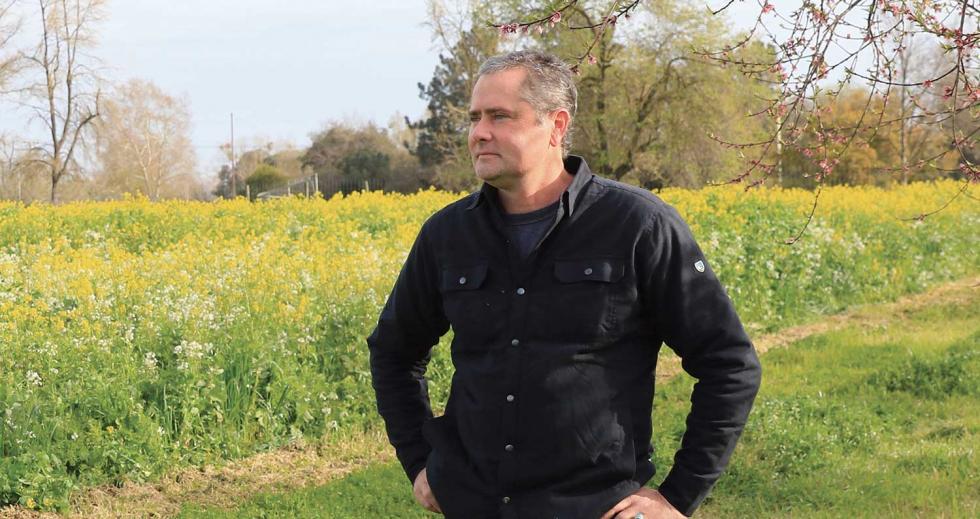
Improving the Bottom Line Too
While carbon sequestration is only one of the benefits of regenerative agriculture, the topic receives much of the attention for its role in addressing human-made climate change by removing carbon — a greenhouse gas — from the atmosphere and trapping it in the soil. According to an article published by the Earth Institute at Columbia University, soil contains more than three times the amount of carbon in the atmosphere and more than four times the amount of carbon in plants and animals. With improved agricultural practices, soil has the capacity to trap the amount of carbon produced by global transportation each year. That matters because reducing greenhouse gases in the atmosphere is how to keep the Earth from warming to a point when fundamental processes of life begin to break down.
“If we’re really, really concerned about carbon sequestration and greenhouse gases, it’s not going to be solved by small farms producing local produce,” says Runsten. “If we want to make a difference, we need to address the land in (large-scale production) crops and work with almond growers, walnut growers and wine grape growers.”
Of more than 9 million irrigated acres of agriculture in California, Runsten says over 2 million are nuts and more than half a million are grapes. And while he believes those industries are interested, more financial incentives are needed.
For example, Runsten says it can be difficult for some almond growers to see the value in devoting acreage to hedgerows that provide habitat for wildlife and pollinators when they could use that acreage to grow more almonds. But almond production is dependent on bees, and Runsten says beekeepers are giving growers discounts to plant and maintain habitat for the bees, “so suddenly people are interested in hedgerows and other kinds of biodiversity on their farms because there’s a financial incentive,” he says.
Recent scientific research by Tommy Fenster, collaboratively funded by Ecdysis Foundation, a research and development nonprofit that addresses scalable regenerative agricultural practices where he is an employee, and Cal State East Bay, where he is a graduate student, compared regenerative and conventionally farmed almond orchards in California to determine whether an increase in regenerative practices corresponded to improved environmental and economic outcomes.
“We found out that these regenerative farms were about twice as profitable as their conventional counterparts in the almond (orchards),” says Fenster. His research contributes to the framework of formally defining a regenerative system, noting that once a farmer engaged in more than four regenerative practices, they start working synergistically, producing a whole that is greater than the sum of its parts, he says. And while almonds are grown under no-till conditions as a standard practice, Fenster says avoiding tillage alone isn’t necessarily going to help create these positive outcomes.
The goal of research like Fenster’s is to provide scientific methodology that demonstrates to farmers they can shift their agricultural practices to improve the environmental health of their farms and their economic outlooks, says Fenster, who works with organizations like AgEmerge and Community Alliance with Family Farmers on outreach efforts.
But it’s important to meet farmers where they are, says Tiffany. Starting with a single practice, such as growing cover crops or applying compost, can serve as an entry point for farmers who aren’t necessarily practicing in a sustainable manner. “Ideally, once folks really start appreciating the many co-benefits of regenerative practices, such as increasing biodiversity while also improving soil health and water infiltration, they begin to develop a more ecological or systems-based understanding of their farm,” says Tiffany.
And in the end, regenerative agriculture is not just about carbon sequestration, climate change or food production. “At its best, we’re also stewarding the natural world, providing the habitat and the clean water and the clean air that everybody enjoys. Farming can also destroy all of those things,” says Garza. “There is not now, and there wasn’t in the past, a time when the landscape wasn’t shaped by humans. And so it’s up to us to do it well and to build the world that we want to leave to our children.”
–
Stay up to date on business in the Capital Region: Subscribe to the Comstock’s newsletter today.
Recommended For You
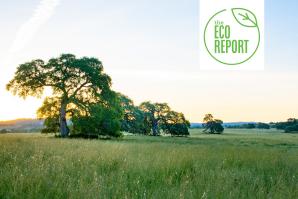
The Eco Report: Green to the End
Natural cemetery in Lincoln offers environmentally friendly end-of-life options
Imagine selecting your final resting place where bobcats roam,
wildflowers support bees and birds, and trails meander through
rolling grasslands, oak savannah and forested settings.
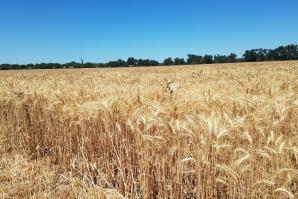
Flour Power
Long-term wheat research undertaken by UC Davis combats food insecurity
A 20-year study led by a UC Davis scientist and his
colleague at the University of Haifa in Israel was
recently recognized by the U.S.-Israel Binational Agricultural
Research and Development Fund.
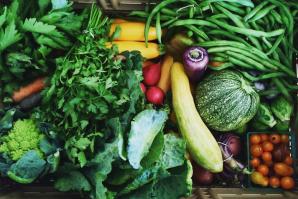
The Future of Small Farmers in Local Food Chains
Community Supported Agriculture programs have seen an uptick in business during the coronavirus pandemic
In response to the coronavirus pandemic, consumers flock to Community Supported Agriculture programs as reliable sources of fresh produce, but will they stay once the pandemic has passed?

Wood From the Hood
The urban wood movement is growing across the U.S. — with efforts booming in the Capital Region
An urban wood movement is growing across the country to reclaim this substantially-untapped natural resource, and efforts are booming in the Sacramento region.



